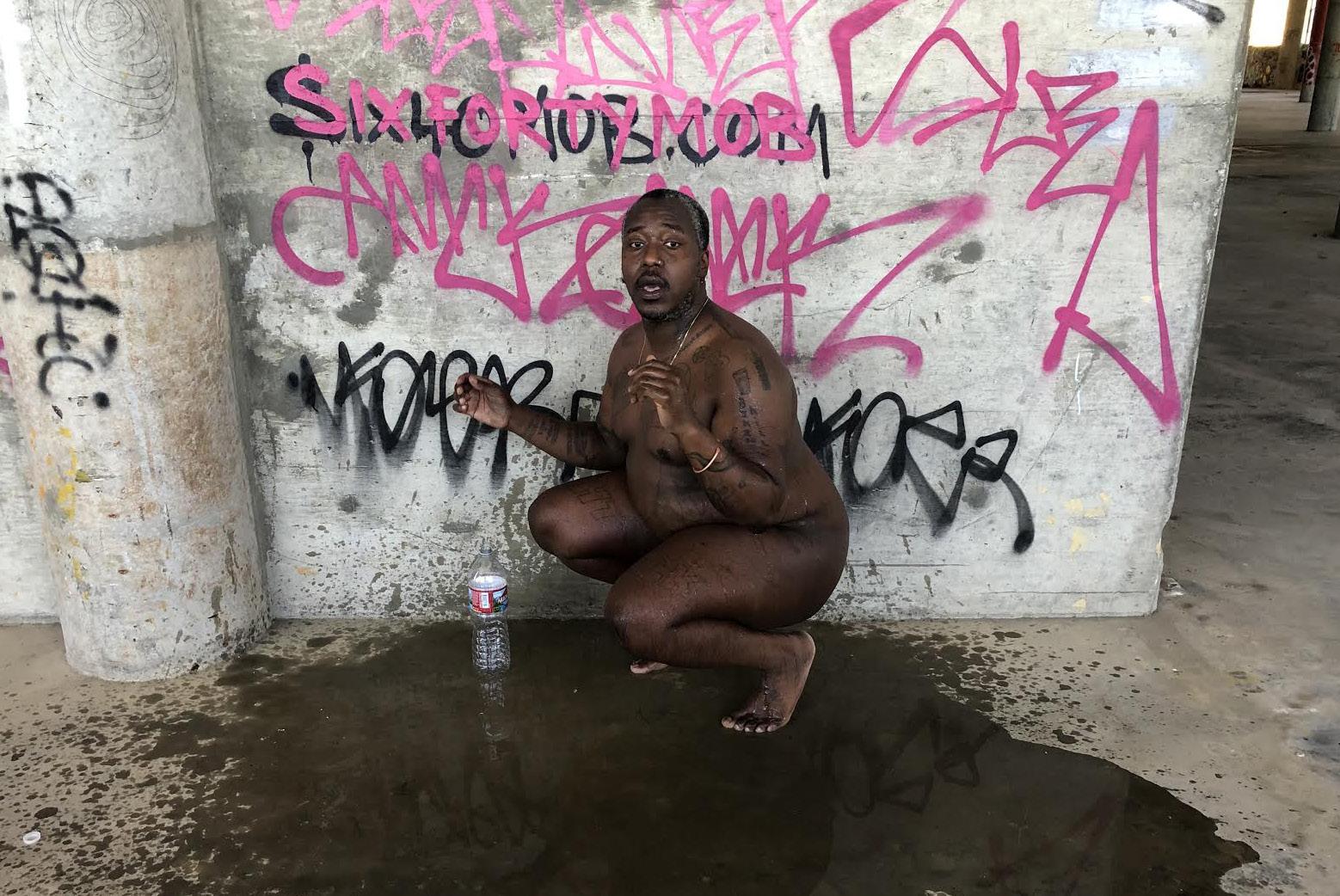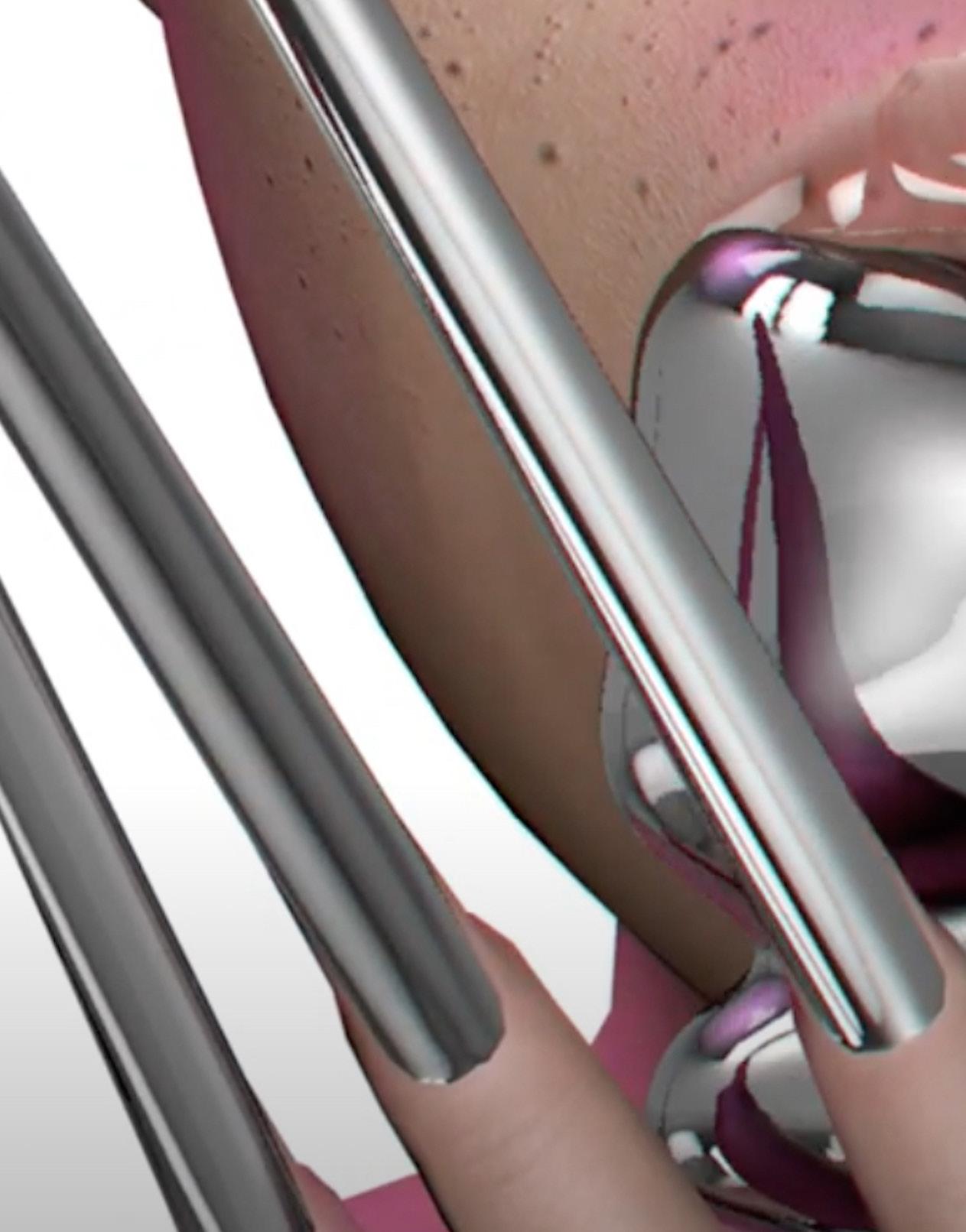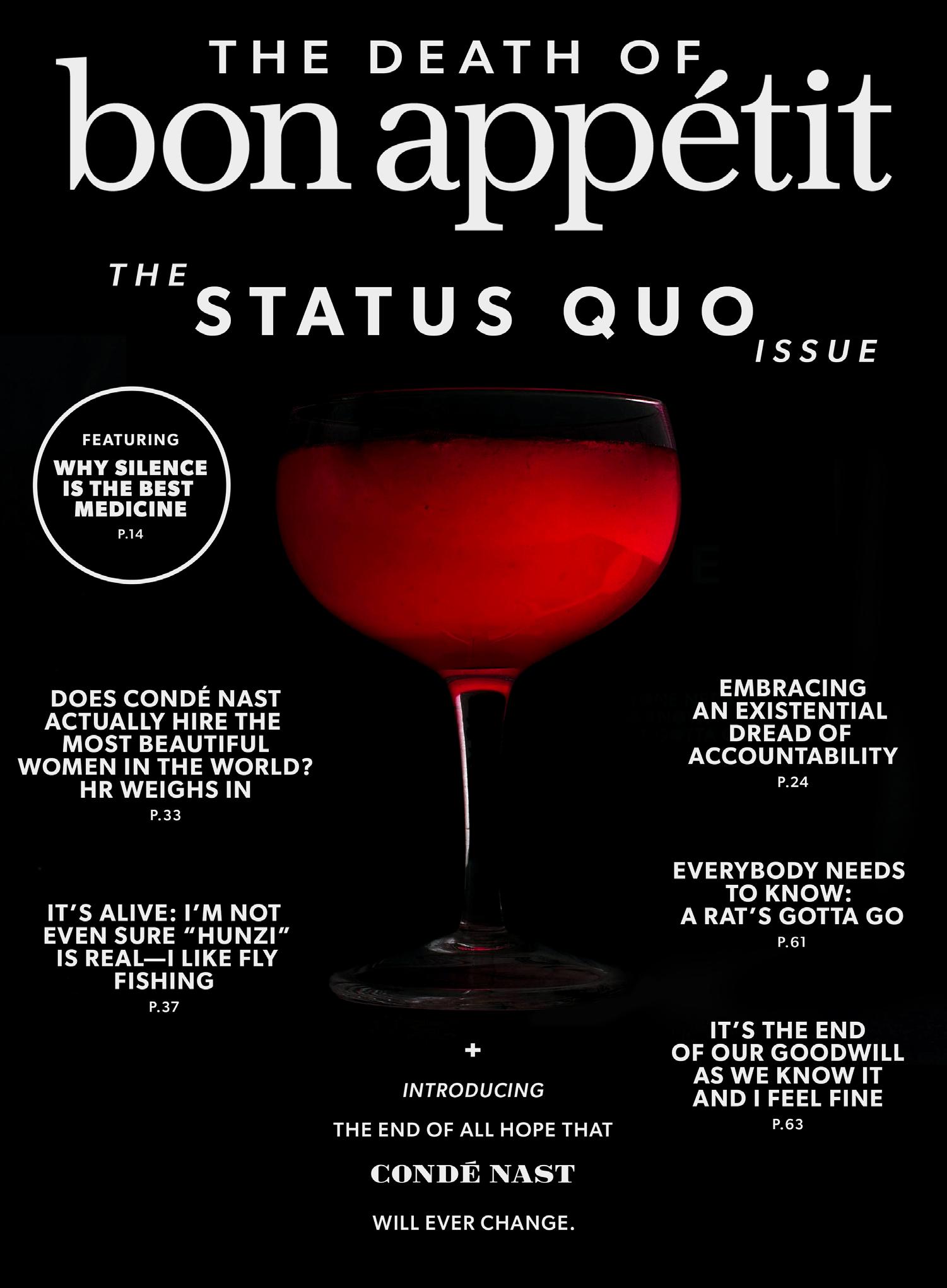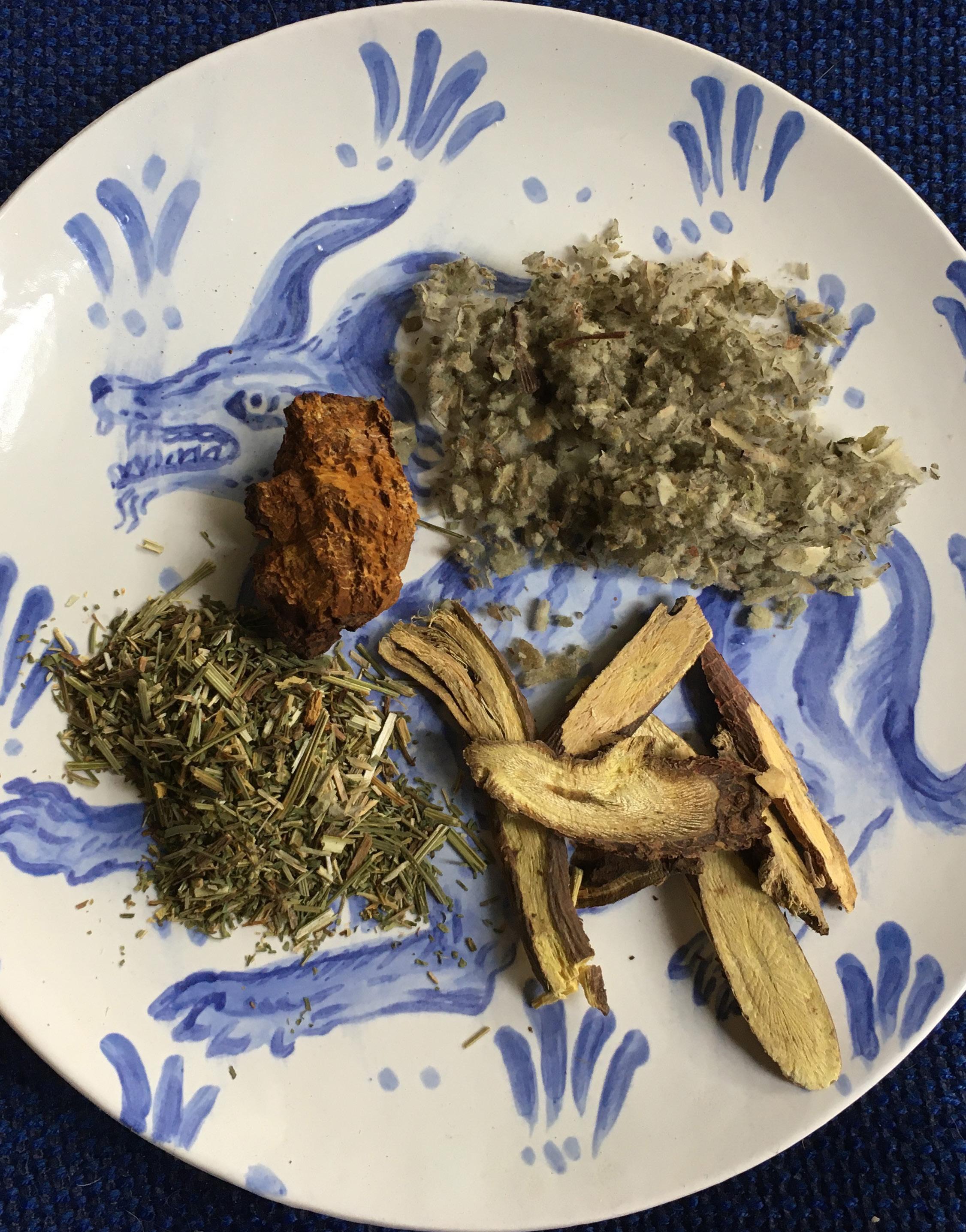Forged by Fire
How a Ceramic Studio is Creating a Radical Community
30
Amidst the coronavirus pandemic and racial justice uprisings, art-making— like everything else—is immensely challenging. But visual artists press on—and if any medium encapsulates the possibilities of creating beauty from high pressure and heat, it’s ceramics. Pottery is, after all, forged by fire. But the increasing popularity of the art form—across institutional shows, trendy retailers, and even Instagram how-to videos—begs the question: who gets to explore ceramics and who feels unwelcomed by the medium? For years, ceramics has been on the rise in both the fine art and commercial design worlds. In 2015, the New York Times reported that the number of graduate students specializing in ceramics at the Rhode Island School of Design had increased by 50 percent.¹ In 2018, the Los Angeles Times highlighted efforts by educational institutions, such as CalArts and Cal State Long Beach, to make pottery tools and facilities (as well as practical knowledge about starting careers in the field) more available to students.² In 2016, Los Angeles’ own Craft Contemporary (formerly the Craft and Folk Art Museum) kicked off its annual CLAY LA fundraiser, featuring a marketplace of local vendors, with a percentage of proceeds going to the museum. This year, it also presented the second iteration of its clay biennial, The Body, The Object, The Other, featuring 21 contemporary artists. While there’s been increasing institutional interest in ceramics over the last few years, artists are still trying to fill in the gaps when it comes to
Eva Recinos
representation and access in a field that often presents barriers to entry. Seeing ceramic objects in museums or highbrow shop windows, flanked by lofty wall text and warnings not to get too close, can make the objects themselves feel inaccessible. Like with much art-making, there is also a financial barrier—a significant amount of equipment and space is needed to work with clay, and overly-expensive studio fees prevent casual experimentation. Aside from their prohibitive prices, the environments of many ceramic studios can feel particularly unwelcoming to beginners: these spaces are often predominantly white, making it hard for ceramicists of color to find community. For BIPOC, it’s often tough to even find a class where they won’t be the only person of color in attendance. In 2017, Los Angeles native Mandy Kolahi got tired of art spaces that felt overly-professionalized and recognized the void of BIPOC-centric creative spaces. As a community organizer and activist with a focus on space-making, Kolahi wanted to build a place for creative solidarity and help BIPOC artists earn a living from their art-making. She joined forces with activist and artist Ambar Arias to create POT, a pottery studio in Echo Park that specifically aims to make ceramics more accessible to people from marginalized communities, with a focus on BIPOC artists, whom it supports through rigorous community programming. The studio hosts workshops, private parties, and classes— which include Spanish language offerings. Its online store sells wares made by POT members, and the studio offers classes on sliding scales— sometimes waiving fees entirely—and considers the trade of goods or services equivalent to payment. POT will even grant travel funding to BIPOC ceramicists living outside of Los Angeles, offering a stipend to help cover flights and free lodging. Amidst the pandemic, the studio has shifted to online classes, preparing hand-building kits for students to pick up before each virtual workshop. 1. Tim McKeogh, “Why Handmade Ceramics Are White Hot,” The New York Times, December 16, 2015, https:// www.nytimes.com/2015/12/17/fashion/why-handmadeceramics-are-white-hot.html.














